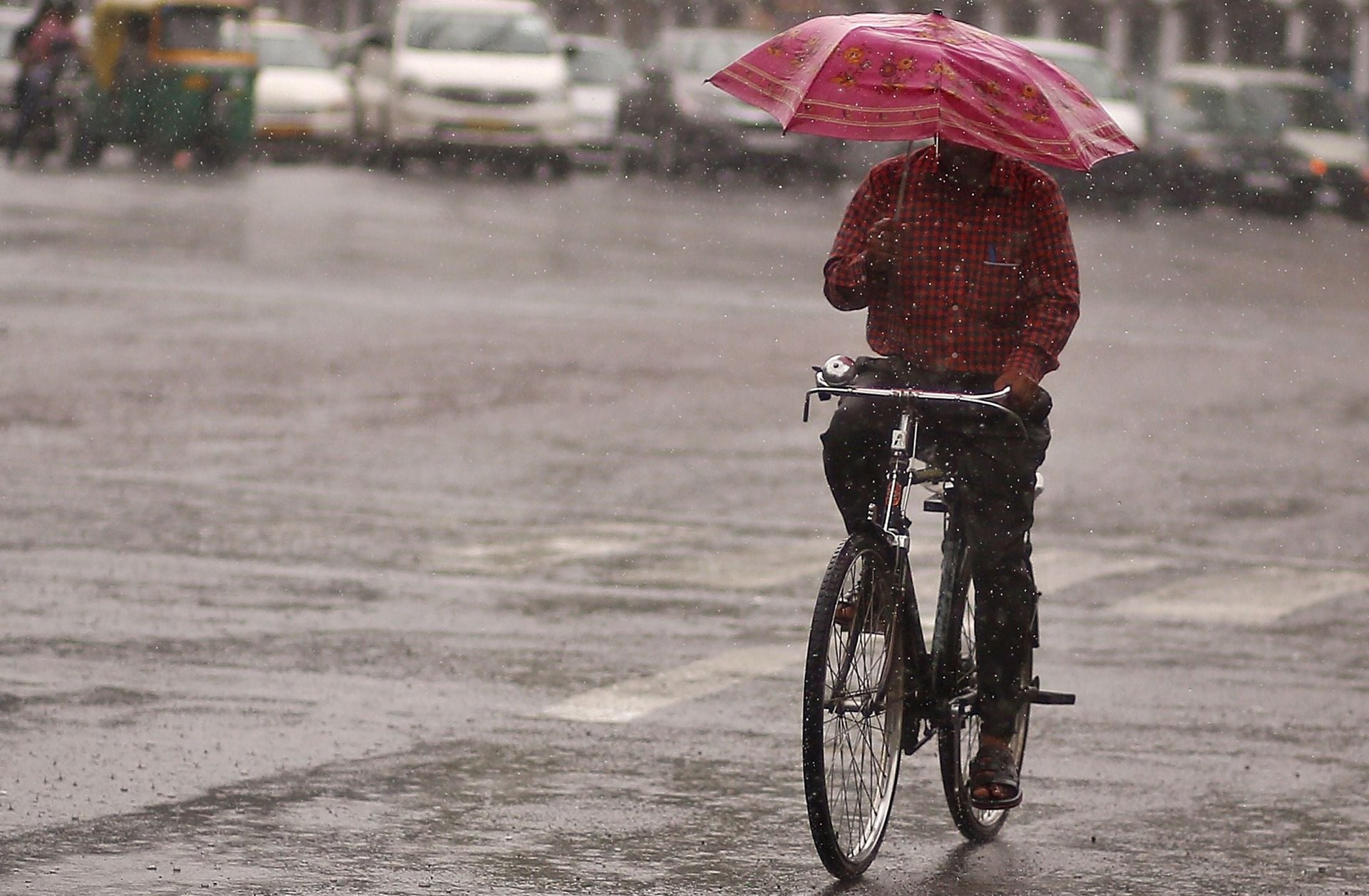Cycling to work could save India $255 billion every year
Cycling is healthy, of course. But, it may be so healthy that entire nations can pedal their way to prosperity.


Cycling is healthy, of course. But, it may be so healthy that entire nations can pedal their way to prosperity.
Wide-scale adoption of cycling in India can save over Rs1.8 lakh crore ($255 billion) annually, or 1.6% of the GDP, says a report (pdf) published by New Delhi-based think tank The Energy and Resources Institute (TERI). These financial benefits will accrue if Indians switch over from cars and motorbikes to bicycles for half of all work-related travel under 8kms, the report, which was released on Jan. 12, said.
Currently, walking is the most popular mode of short-distance, work-related trips across the country, followed by cycling in villages and motorbikes in cities, the report says. While the number of two-wheelers and cars on the roads has, on average, grown by around 10% every year for over a decade, the ownership of bicycles has more or less stagnated during the period.
The biggest benefit of switching over to bicycles from fossil fuel-based vehicles would be in the form of better individual health. “When we’re looking at health benefits, we see how many mortalities can be reduced due to increased physical activity and reduction in air pollution, and how expenses can be saved on diseases related to a sedentary lifestyle,” said Aakansha Jain, a research associate at TERI and lead author of the report.
The report estimates that choosing a bicycle over an automobile for half of all short-distance work trips can save 4,756 premature deaths over 15 years.
Making it happen
However, raising the popularity of cycling is a challenge. During the summer and monsoon months, India’s tropical climate can be too hot or rainy for commuting on the eco-friendly vehicle. Besides, according to the report, an 8km bicycle ride takes an average of 40 minutes.
Regulation of cars and motorbikes in the form of “pollution tax, congestion tax, and parking pricing” needs to supplement investment in infrastructure such as dedicated cycling tracks along the road, Jain said.
“Additionally, cities should plan city-wide, bicycle-sharing schemes instead of only focusing on specific locations,” the report adds. “To increase bicycle access among low-income households, the provision of micro-financing (small loan) options and implementation of cycle-distribution schemes should be undertaken.”